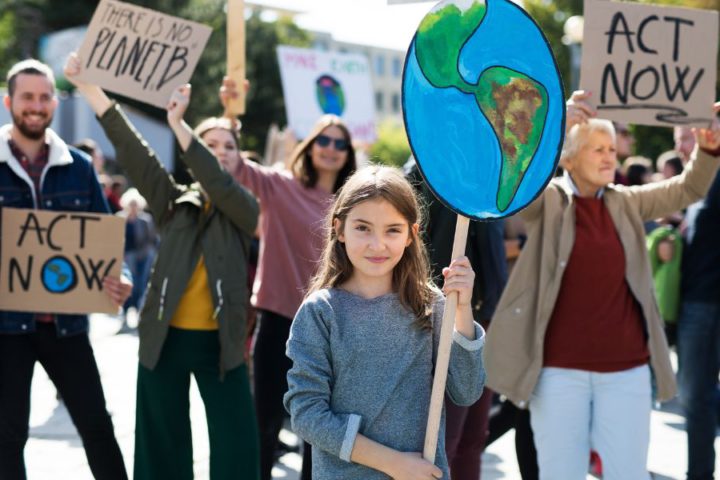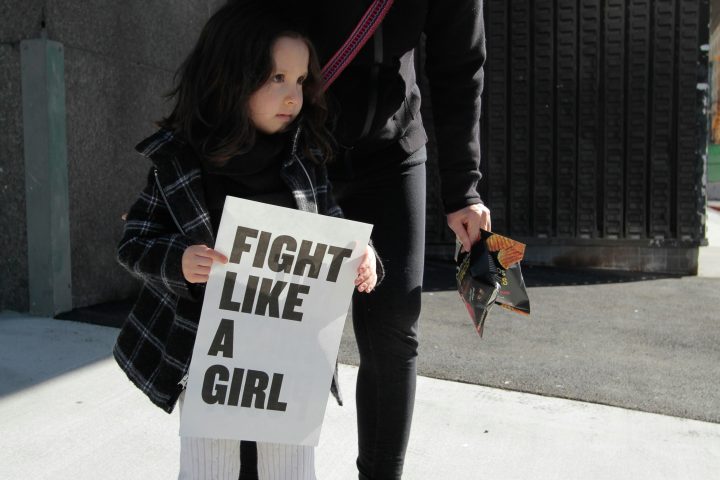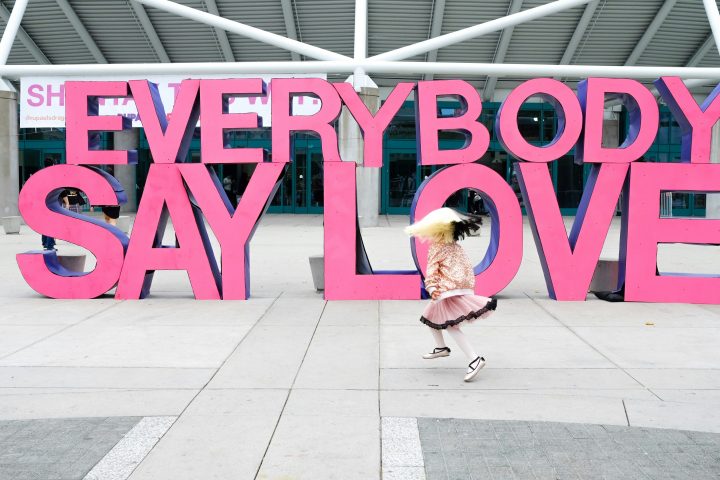Key Takeaways:
– Light-skinned Latinas and Latinos often experience privileges and advantages in various aspects of life due to colorism and the cultural preference for whiteness.
– These privileges include higher earnings, lower unemployment rates, access to better resources and neighborhoods, and greater educational opportunities.
– Light-skinned Latinas also face beauty standards that favor lighter skin and are more likely to marry partners with higher socioeconomic status.
– Representation in politics and media tends to favor light-skinned Latinas and Latinos, while Afro-Latinos and darker-skinned individuals face erasure and discrimination.
– It is important to recognize and address the disparities created by light skin privilege within Latinx communities.
Shedding Light on Light Skin Privilege
The Latinx community is diverse, encompassing various racial, national, linguistic, cultural, and historical identities. While the terms “Latino” and “Hispanic” are often used to categorize individuals of Latin American and Spanish Caribbean descent, it is essential to acknowledge the significant differences and disparities within this community.
Colorism, the practice of valuing individuals with lighter skin over those with darker skin, is prevalent both between and within communities of color. In the Latinx community, this manifests as privileges afforded to light-skinned Latinas and Latinos, while darker-skinned individuals, especially those of Indigenous and African descent, face discrimination and disadvantage.
Light skin privilege does not negate the challenges faced by light-skinned Latinas and Latinos, such as race, immigration status, and socioeconomic struggles. However, it highlights the existence of unearned advantages that contribute to disparities within the community.
Examining Light Skin Privilege in Latinx Communities
1. Higher Earnings and Lower Unemployment Rates
Studies have shown that light-skinned Latinos tend to earn more than their darker-skinned counterparts. The intersection of race and ethnicity influences earnings, with white-identified Latinos earning higher incomes than those who identify as black or another race. Additionally, light-skinned Latinos experience lower unemployment rates, resulting in reduced poverty rates compared to darker-skinned individuals.
2. Access to Affluent Neighborhoods and Resources
Lighter-skinned Latinos often reside in more affluent neighborhoods with better access to resources such as quality education, healthcare facilities, and employment opportunities. On the other hand, darker-skinned Latinos, particularly black Latinos, face racial segregation and limited exposure to non-Latino white communities, leading to lower property values and fewer resources.
3. Educational Advantages
Research has indicated that light-skinned Latinos tend to have more years of schooling compared to their darker-skinned counterparts, even when family backgrounds are similar. Implicit biases held by teachers contribute to these disparities, as white or lighter-skinned students are often perceived as academically superior, leading to differential treatment and expectations.
4. Perception of Intelligence
A study published in Social Currents revealed that fairer-skinned Latinos, along with African Americans, are more likely to be perceived as intelligent by white individuals compared to those with darker skin. This biased perception perpetuates stereotypes and exacerbates systemic inequalities within Latinx communities.
5. Marriage and Socioeconomic Status
Light-skinned Latinas, similar to their light-skinned African American counterparts, tend to marry partners with higher levels of education, income, and occupational prestige. This trend, often referred to as “marrying up,” reinforces societal beauty standards that prioritize whiteness and perpetuate social hierarchies.
6. Beauty Standards and Skin Lightening
Light-skinned Latinas are often deemed more beautiful and desirable within Latin American and US societies due to Eurocentric beauty ideals. Consequently, many brown and black Latinas resort to using harmful skin lightening creams in an attempt to conform to these standards, despite the associated risks and health consequences.
7. Representation in Politics and Media
Light-skinned Latinas and Latinos dominate political representation within the Latinx community. From local officials to national politicians, the media often highlights light-skinned or white-passing Latinx individuals, while Afro-Latinos and darker-skinned Latinas and Latinos are underrepresented or overlooked. This lack of representation perpetuates the erasure of diverse Latinx identities.
8. Recognition of Latinidad
Light-skinned Latinas and Latinos are more readily recognized as Latinx individuals in society, while Afro-Latinos and other darker-skinned Latinx individuals face challenges to their Latinidad. Examples, such as the stripping of an Afro-Dominican child’s beauty pageant title or limited casting opportunities for Afro-Latino actors, demonstrate the bias towards light skin and the erasure of diverse Latinx experiences.
9. Health Disparities
In Latin America, communities of African descent, such as the Garifuna community in Honduras, face higher rates of HIV/AIDS compared to the rest of the population. Similarly, regions with a significant population of African descent, like Chocó in Colombia, experience higher infant mortality rates, reflecting the health disparities associated with skin color.
Addressing Light Skin Privilege and Fostering Inclusion
Recognizing and addressing light skin privilege is crucial for promoting equality and inclusivity within Latinx communities. It requires dismantling colorism and challenging the societal preference for whiteness. By understanding the privileges afforded to light-skinned individuals, we can work towards creating a more equitable society for all.
It is essential to:
– Educate ourselves and others about colorism and its impact on Latinx communities.
– Amplify the voices and experiences of darker-skinned Latinas and Latinos to combat erasure and discrimination.
– Advocate for representation in politics, media, and all areas of society that accurately reflects the diversity within Latinx communities.
– Challenge and dismantle Eurocentric beauty standards that perpetuate harmful skin-lightening practices.
– Support initiatives and organizations that address health disparities and provide resources to marginalized communities.
By addressing light skin privilege and promoting inclusivity, we can create a society that values and celebrates the full spectrum of Latinx identities and experiences.









